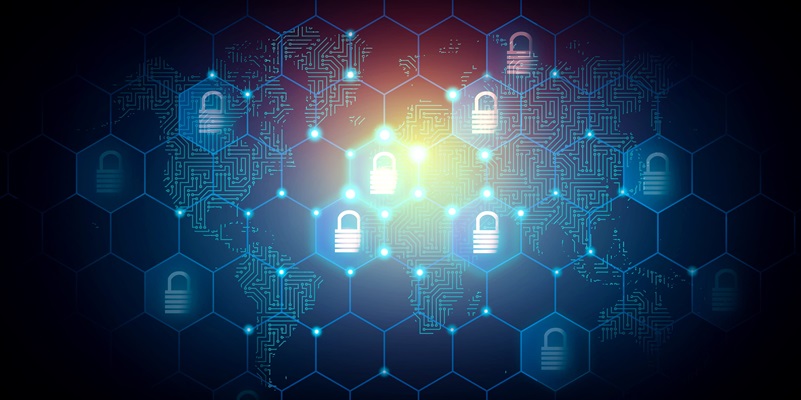The UK’s National Cyber Security Centre (NCSC) has taken a significant step forward in strengthening internet security standards by revealing details of its first Request for Comment (RFC) for the Internet Engineering Task Force (IETF). The groundbreaking RFC 9424 is the culmination of three years of collaborative work with industry experts, such as Ollie Whitehouse, who is now the organization’s Chief Technology Officer (CTO). Designed as an informative reference document, this RFC focuses on Indicators of Compromise (IoCs) – observable artifacts associated with an attacker.
The development of RFC9424 has been a collaborative effort, engaging industry specialists and drawing on their expertise. Ollie Whitehouse’s valuable input, combined with the NCSC’s extensive research, has played a key role in shaping the document. The primary objective of RFC9424 is to establish IoCs as a cornerstone of cybersecurity, providing a comprehensive understanding of their discovery, deployment, and end-of-life stages. By incorporating the concept of the “pyramid of pain,” the document highlights the varying levels of resistance IoCs offer against an attacker’s attempts to evade detection.
Coverage of IoC Lifecycle
RFC 9424 delves into the complete lifecycle of IoCs, offering insights into the discovery, deployment, and subsequent end-of-life stages. The comprehensive coverage of the IoC lifecycle aims to provide cybersecurity professionals with a comprehensive understanding of the processes involved, empowering them to effectively combat cyber threats. Additionally, the concept of the “pyramid of pain” helps gauge the relative difficulty an attacker faces while altering different types of IoCs for evading detection purposes.
Importance of IoCs for IETF
The IETF, as a standards body, exerts considerable influence over the future design and development of the internet. Given the rapidly evolving threat landscape, the inclusion of IoCs as a fundamental aspect of cybersecurity is crucial for safeguarding the internet’s integrity. However, the complexity of IoCs necessitates a clear understanding among IETF members, even those who are not directly involved in cybersecurity. This RFC serves as a bridge, enabling a unified understanding between cybersecurity professionals and internet designers.
Opportunities and Involvement
Andrew S., a representative from NCSC, emphasizes the significance of engaging with the IETF and participating in the development of internet standards. Involvement in the IETF provides a unique opportunity to gain early exposure to novel ideas, well before they are implemented. More significantly, it enables cybersecurity experts to contribute to the design process, ensuring that security concerns are adequately addressed, and future internet technologies are built with robust security measures in mind.
Future Work on Post-Quantum Cryptography
Continuing their commitment to enhancing internet security, the NCSC is actively working on developing terminology for Post-Quantum Cryptography (PQC) within internet protocols. As the advent of quantum computing poses potential risks to existing cryptographic systems, it is vital to adapt cybersecurity practices to address those emerging threats. This ongoing work by the NCSC reflects their dedication to future-proofing the internet’s security infrastructure.
RFCs as Technical Foundations
RFCs are integral to shaping the technical foundations of the internet. These reference documents contain essential technical specifications and organizational notes that play a pivotal role in standardizing internet protocols. As they mature and gain wider recognition, RFCs gradually transform into de facto standards that dictate the operational and security practices of the internet.
The release of RFC 9424 by the UK’s National Cyber Security Centre is a significant milestone in fortifying internet security standards. This informative reference document on Indicators of Compromise (IoCs) not only consolidates the collective knowledge of industry experts but also signifies the importance of bridging the gap between cybersecurity and the design of the future internet. As threats continue to evolve, collaboration between cybersecurity professionals, standards bodies like the IETF, and other stakeholders becomes increasingly vital in ensuring a secure internet landscape. By actively engaging with the IETF and contributing to the development of standards, experts can play an instrumental role in safeguarding the integrity and resilience of the internet. With ongoing advancements, such as the future work on Post-Quantum Cryptography, the NCSC demonstrates its commitment to adapting cybersecurity practices to address emerging challenges promptly. The ever-evolving nature of internet security necessitates continuous collaboration and proactive measures to ensure a safer digital ecosystem for all.

